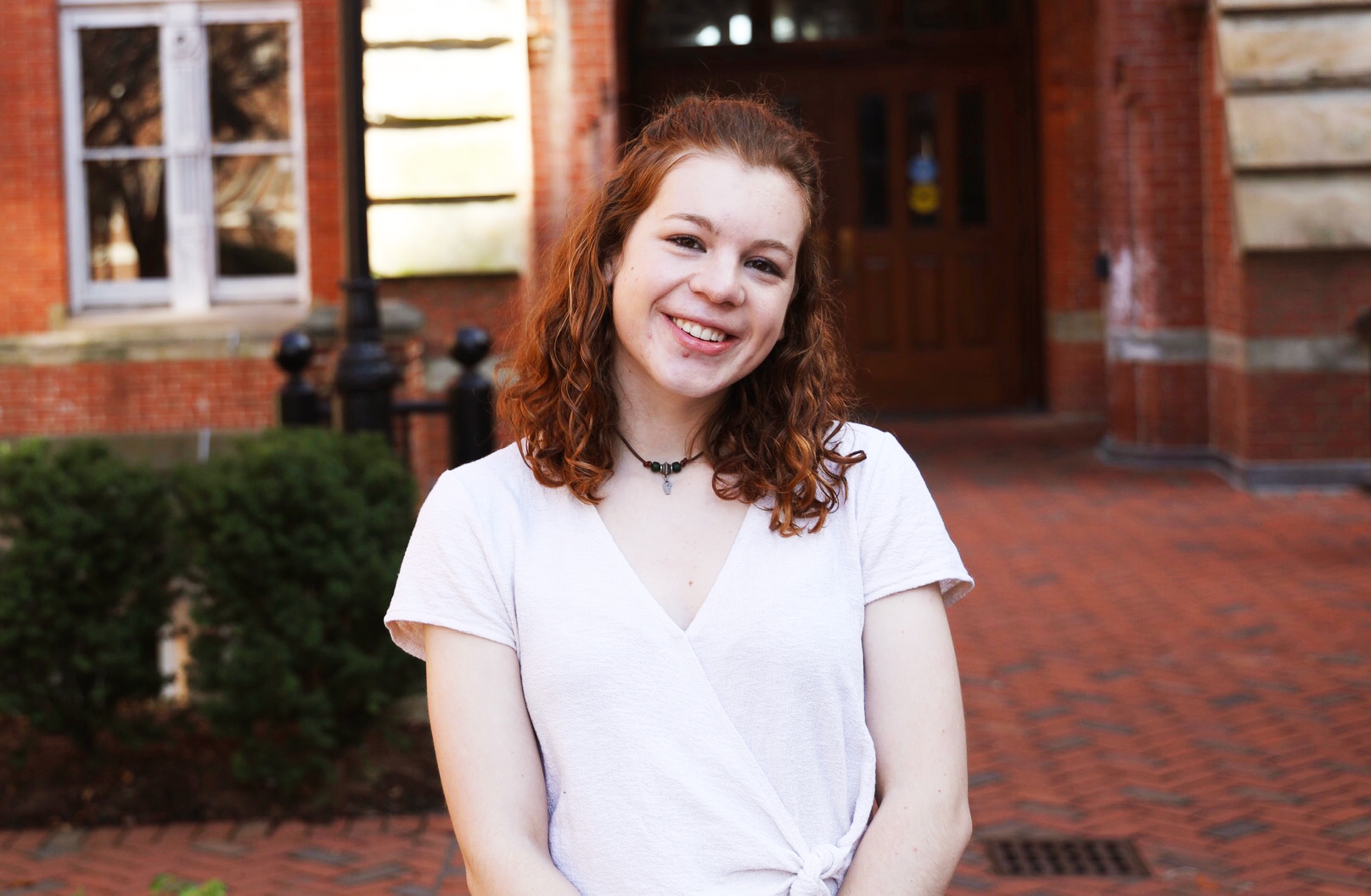Marshall Scholar’s Research Aims to Improve Global Modeling of Methane Emissions
Sally Matson (C’20), received the 2020 Marshall Scholars Award to continue her research and education on climate change after graduation, an interest that started at Georgetown. While at the university, Matson worked to better quantify methane emissions around the globe using mathematical modeling and satellite data.
Mentoring, Matson, and Methane
A double major in mathematics and computer science, Matson wanted to merge these passions with research on climate change for her senior thesis.
“Climate change is the biggest threat to society and humanity that we are facing today,” says Matson. “It affects all disciplines, so it should be studied through interdisciplinary approaches instead of in isolation. By utilizing advancements in technology and computer science, we can better understand what is happening and fix it.”
With the help of her advisor, Department of Mathematics professor Hans Engler who wrote the first-of-its-kind book Mathematics and Climate, Matson looked at previous studies that utilized satellite data to track methane emissions based on their locations. The two decided that this idea could be their jumping-off point.
“We chose to focus on methane as opposed to other greenhouse gasses like carbon dioxide because if its emissions are reduced, the resulting problems will go away more quickly than they would with other pollutants,” says Matson.
Making an Improved Model
The satellite data they used was readily available through an international effort, however, the data set itself was sparse. The satellite network tracking methane emissions covers the entire planet, but each satellite is responsible for a huge section of land, making it impossible to pinpoint exactly where large amounts of methane are being emitted. Despite these limitations, researchers are able to tell which areas produce more than others.
“You can look at the data and say ‘it looks like this section of the world has more emissions than that section right now,’ but you can’t get more specific than that,” says Engler. “Sally and I are working to create a better model that would use this same data to describe the emissions over space and time.”
Matson and Engler looked at the data available and charted the emissions recorded at each location individually over time. Simultaneously, they mapped emissions from all locations at one point in time. Matson and Engler used this data to create regression analyses that showed the temporal and spatial relationships in methane emissions around the globe more clearly than before.
Because of this improved data, future research examining the link between pollution and climate change can be refined, and better policies pinpointed at problem areas can be made.
Matson’s Next Steps
Matson plans to continue her work on the intersection of climate change and technology after graduating from Georgetown. As a recipient of the 2020 Marshall Scholars Award, she will pursue a master’s degree in climate change at the University of East Anglia and a master’s degree in machine learning and machine intelligence from the University of Cambridge.
-by Shelby Roller (G’19)
